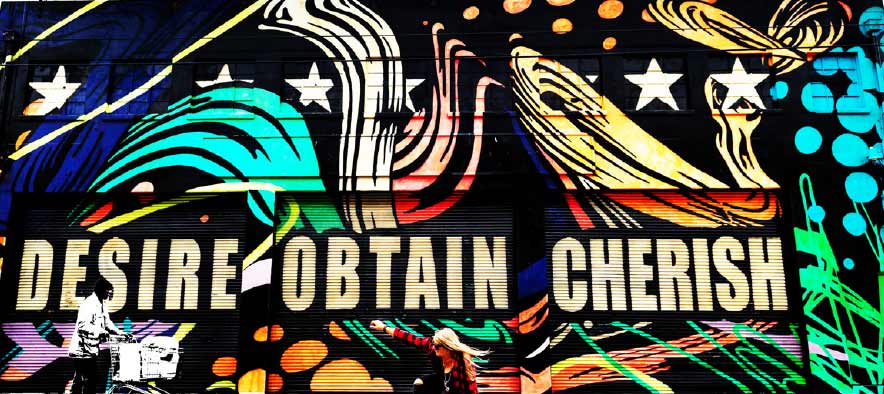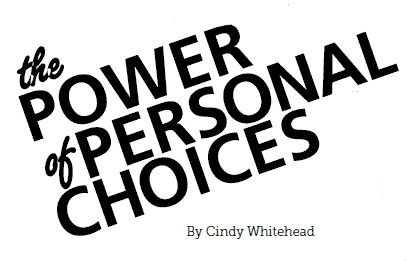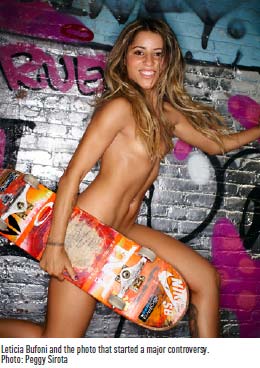
 There has been a lot of commentary regarding pro skater Leticia Bufoni appearing in this year’s “Body Issue” of ESPN magazine. I have been a fashion stylist working with athletes for the past 18 years for brands like Nike, Gatorade, Sports Illustrated, ESPN, Honda, etc. I have dressed (and seen) the bodies of everyone from top swimwear models, to golfer Tiger Woods and NBA star Kobe Bryant, to pro surfer Bethany Hamilton and soccer superstar Mia Hamm.
There has been a lot of commentary regarding pro skater Leticia Bufoni appearing in this year’s “Body Issue” of ESPN magazine. I have been a fashion stylist working with athletes for the past 18 years for brands like Nike, Gatorade, Sports Illustrated, ESPN, Honda, etc. I have dressed (and seen) the bodies of everyone from top swimwear models, to golfer Tiger Woods and NBA star Kobe Bryant, to pro surfer Bethany Hamilton and soccer superstar Mia Hamm.
Most likely due to my background in this industry, I am very open on what I feel is artistic imagery that celebrates the athletic body and what I feel is gratuitous sexual content. I also realize that not everyone feels the same on either end of the spectrum, so I am politely asking you to have an open mind.
In 1999 USA soccer player Brandi Chastain ripped off her jersey in celebration and elation after her game-winning penalty kick against China at the Women’s World Cup. Many people in sports understood the gesture, as they had seen it many times before with pro male soccer players. But this was the first time the world had witnessed a female athlete doing something like that in front of a huge audience and on national television. The response was fast and furious – both good and bad. The famous image by sports photographer Robert Beck is embedded in our minds. It is an iconic image of a strong female athlete in pure elation. To others it is still deemed risqué because she is in her sports bra and shorts. And the world is still talking about it.
Back in 2005, Dove Soap created a campaign called “Real Beauty.” The ads and videos featured women of all different sizes and shapes in basic white cotton bras and underwear. The goal was to get women to feel good about themselves and their bodies, no matter what their size or shape. The campaign still runs and is much discussed even today due to the women’s sizes, more than their lack of clothing. Had the models all been size 0-2, would the response from both men and women have been different?
 In 2009 ESPN magazine launched a special edition called “The Body Issue.” It was created in direct response to the Sports Illustrated “Swimsuit” edition, which at the time featured only women in minuscule bikinis (or less) on beautiful beaches. ESPN decided to focus on both male and female Olympic and pro athletes, and to shoot with well-known and respected fashion photographers, to create images that celebrated the unique sizes and shapes that various athletes have.
In 2009 ESPN magazine launched a special edition called “The Body Issue.” It was created in direct response to the Sports Illustrated “Swimsuit” edition, which at the time featured only women in minuscule bikinis (or less) on beautiful beaches. ESPN decided to focus on both male and female Olympic and pro athletes, and to shoot with well-known and respected fashion photographers, to create images that celebrated the unique sizes and shapes that various athletes have.
At that time there were six alternative covers released, featuring both male and female pro athletes – Serena Williams for tennis, Adrian Peterson for the NFL, Dwight Howard from the NBA, Gina Carano for MMA, Sarah Reinertsen for triathlon and Carl Edwards for NASCAR. It was less about “sex” and more about an amazing athletic body, the public seemed to say with their comments to ESPN.
Interestingly enough, the highest-selling cover that year featured Serena Williams, who is not a size 2 or tiny in stature like Gina Carano, but is majorly powerful and strong.
In 2013 I worked on a big campaign featuring pro baseball player Bryce Harper (who is also one of ESPN’s 2015 Body Issue athletes). It was a beautiful shoot for Under Armour that was done in Las Vegas, high up in a penthouse suite, and it resulted in a stunning image of Bryce. I posted this ad on my various social media outlets when it ran, and got nothing but positive response to the shots from both males and females.
What if this had been a female athlete? How would the response have differed?
In 2014 skateboarder Natalie Krishna Das thought up and executed a conceptual photo shoot where girls were shredding pools and a gorgeous man was scantily clad poolside holding grapes as they rode by. People loved it. Women “oohed” and “ahhed” over the guy, and both men and women in the skateboard industry thought it was very “tongue in cheek” and loved the photos – pure role reversal but without the discord.
For many years, there have been ads in action sports magazines glorifying sex, and portraying women as objects rather than athletes. The funny thing is, I don’t see many people writing letters to the editors or companies, taking away skate or surf magazines from their kids, or saying publicly that such portrayals are wrong.
The photo of Leticia Bufoni brought up a lot of discussion on this subject. I have heard everything from “I don’t want my kids seeing this on the Internet” and “What kind of role model is she?” to outright support, understanding, and congratulations to this amazing woman who is at the top of her sport.

 I think it would have been very interesting to run another photo next to Leticia’s – of USA track and field hammer thrower Amanda Bingson, who talks about her weight and why she’s built for her sport and proud of her body. Would the comments have been the same? Is it perhaps more about Leticia being the “ideal” size/weight so her photo is more “sexual” to some people?
I think it would have been very interesting to run another photo next to Leticia’s – of USA track and field hammer thrower Amanda Bingson, who talks about her weight and why she’s built for her sport and proud of her body. Would the comments have been the same? Is it perhaps more about Leticia being the “ideal” size/weight so her photo is more “sexual” to some people?
Here are two statements made by athletes featured in the Body Issue. Can you tell which came from a male athlete and which came from a female athlete?
“I’m proud of my body, I’m proud of my sport, I’m proud of being a professional athlete. Being naked is just another aspect of that.”
“I worked hard this off-season to get my body where I needed to get it because finally, I wasn’t hurt.”
Does it matter? Not really. Both are athletes at the peak of their sport and working like hell to be in the best shape possible. Both also have a great self/body image and are proud of how their bodies look – which is what I hope every girl out there feels as well.
Yet when these statements were placed under each athlete’s photo, can you guess who got more flack? Yep, USA Women’s World Cup soccer player Ali Krieger, whose quote is the first one.
Why is it OK for our male counterparts to be seen as Adonises, yet when our female athletes train hard, eat right, win championships and do photo shoots with the same photographers, they risk being labeled sexual beings and not good role models? Isn’t that a double standard?
I wonder how many parents forbid their sons from looking at Bryce Harper and all the other guys in the 2015 ESPN Body Issue? Probably not many (if any), versus how many parents are agonizing about their daughters seeing the Body Issue image of Leticia that we posted on our Instagram feed this morning. This crazy double standard we are creating for our girls is not right.
Isn’t it also up to us (or you as a parent if your child is under a certain age) to decide who is a female role model you’d like to have? You can simply choose not to have that person be your role model, but I don’t think vilifying these women is the answer.
If you are going to put Leticia or any of these other female athletes on a cross, you had better race to turn off the TV, stop going to movies, and take away your kids’ Internet and cellphones because there are a lot more images out there that are really offensive and degrading to women that we need to be worrying about.
